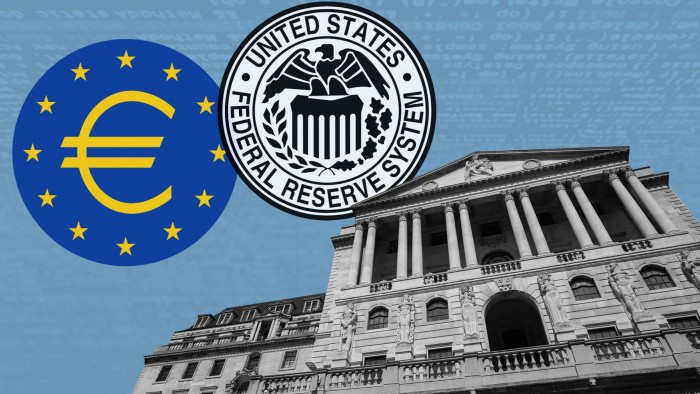Five hurdles to minting a CBDC

Roula Khalaf, Editor of the FT, selects her favourite stories in this weekly newsletter.
The writer is vice-chair at Oliver Wyman and was senior adviser to Mark Carney during his stint as governor of the Bank of England
“There are no more than five people in the world who understand money,” the investor Hugh Hendry once quipped. After the Bank of England and UK Treasury fired the starting gun this week for a British central bank digital currency, let us hope some of them are available to provide input.
The nub of the issue is how a central bank digital currency can coexist with our financial system and add to it without damage. At stake is not just the type of token we use to pay for things but the structure of finance itself.
To navigate the risks, many central bankers are proposing to create a “Goldilocks CBDC”: Not so much in circulation that it causes a run on the banking system as individuals switch savings to CBDCs, but not so little that it is irrelevant.
The European Central Bank has already suggested that its CBDC would be limited to just €3,000 per person. In the Bahamas, which has the oldest CBDC, there are limits on how much one can move every day. The BoE has suggested a £10-£20,000 cap in its plan and will not pay interest on the new digital pound.
But is it really worth spending many billions for something so limited and risky? And what is the use case? A shiny new digital token is hardly likely to help the unbanked. The M-Pesa mobile phone money system in Kenya has had more impact than any CBDC pilot.
The history of money suggests creating a Goldilocks scheme is going to be difficult. But it also shows many monetary false starts of technology and ideas that were later adopted. Finland’s Avant, sometimes described as the first CBDC, and the UK’s Mondex are long gone, but some of their functionality for storing cash on cards has been adopted.
So where to go? Here are a five things to consider.
First, work needs to be carried out to understand why all CBDC pilots so far have disappointed. The Bahamas CBDC — known as the sand dollar — has struggled to gain traction or help social inclusion, according to a new study by the London School of Economics. There are just 86 cents of CBDC per capita compared with $1,365 per capita of cash in the country. Nigeria is also struggling with uptake with less than 0.5 per cent of Nigerians using the eNaira, and China is reportedly not happy with the levels of usage in its digital renminbi pilot.
Second, do not underestimate the potential financial stability and monetary policy impacts. Creating a safer banking system post-financial crisis has been hard won. My friend Steve Eisman, the fund manager famed for a bet against subprime mortgages before the financial crisis, says the banking system is now the strongest in his lifetime.
But bank runs are far from a theoretical risk in times of turmoil. In the eurozone crisis, we saw companies that had bank licences shift money from French banks to the ECB. Individuals could move likewise into CBDCs in crises. The Bank of England published a scenario last year in which 20 per cent of deposits may flee from bank accounts to new digital money.
Third, the focus should be on wholesale, not retail. Central banks are not suited to provide direct-to-retail accounts. Rather, they can have significant impact behind the scenes making wholesale payments faster and more secure. For example, the new omnibus account at the BoE that provides new payment providers access to the central bank’s balance sheet, an idea I recommended in my 2019 report to the BoE, can be a platform for innovation.
Fourth, only use systems battle-tested at scale. Central bankers should learn the lessons from the Australian Stock Exchange, which recently wrote off A$250mn ($170mn) on a failed blockchain clearing and settlement system that was only 63 per cent developed after seven years. The hurdle for critical market infrastructure should be very high.
Finally, money is too important to be left just to central bankers. The country needs an honest conversation about the implications for privacy if central banks can track spending of CBDCs, issues of competition with private banks and the structure of finance before committing to the more radical versions of CBDCs.
Whatever the future of money, the crypto boom and bust underscores we’ll need well-regulated fiat currency. “The IT revolution is not going to remove the demand for currency, (except in an Orwellian command economy, and probably not even there),” argues Charles Goodhart, who really should be one of Hugh’s five. Even if the BoE eventually decides against a CBDC, the exploration can be a catalyst for faster payments, better messaging standards and enhanced security.
Comments